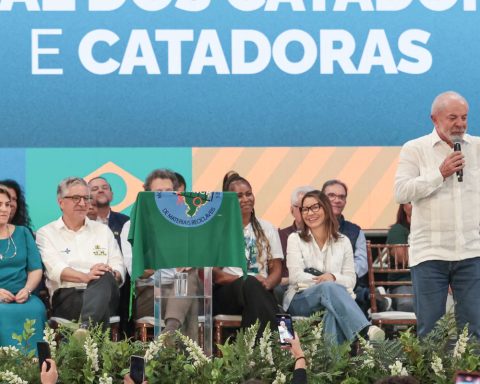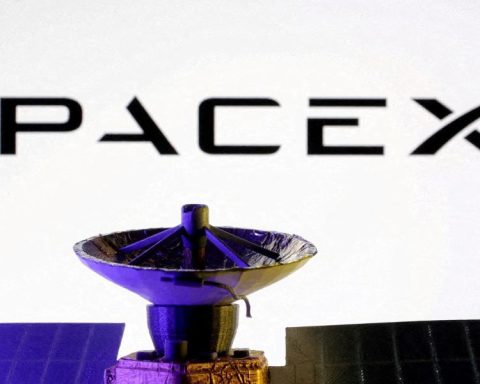The COVID-19 pandemic readjusted the commercial landscape of companies in Latin America, in terms of operations and profitability. Many companies took advantage of the opportunity to find and promote new markets. This reality became evident in the face of the growth of electronic commerce at a global level during these years.
(This is the expansion plan in Latin America of the Laika platform).
One of the sectors that managed to adjust was the Colombian flower industry, which generated 1,730 million dollars in 2021, consolidating a growth of 20.8% compared to the previous year.
“Covid was a great driver of consumption. When people stayed at home, in the United States, in Europe, they began to consume flowers to accompany themselves,” said Augusto Solano, President of the Association of Floriculturists of Colombia.
.
According to Jaime Granados, Head of the Trade and Investment Division at the Inter-American Development Bank (IDB) and an international expert, cross-border e-commerce in Latin America grew 40% from 2020 to 2021.
(Why is it important to deal with mental health issues in companies?).
However, this growth is low compared to other regions worldwide. This shows that the region still has great opportunities, including nearshoring, to continue promoting its growth in the international market.
The “nearshoring”, understood as an economic strategy that reconfigures global value chains from the perspective of territorial proximity, will allow Latin America to strengthen trade relations with key players. Especially considering that countries like the United States are finding more and more inconveniences in the offshoringin terms of sustainability and cost increases in maritime freight and tariffs, as a result of international political tensions.
(The maturity of startups in Latin America is 4.4 years).
However, for Latin America to be able to develop that competitiveness against other regions, it must improve some of the logistical conditions that industries have today to be part of international trade. Jimmy Avendano, Amazon Fulfillment Officer in Philadelphia acknowledged that the region has a long way to go.
“If you want to have competitive electronic commerce in Latin America, you need to develop an adequate infrastructure, both at origin and destination, so that products can be moved. The storage capacity and cost of these is needed, which is key to continue growing. Just as it is also vital to innovate the logistics capacity to bring a product as soon as possible to any part of the world”, said Avendano.
“There is a revolution in the world of electronic commerce that has no limit. It is a situation that all companies must take advantage of, but especially SMEs, which are the largest generators of employment in Latin America. There is a golden opportunity for them to enter international markets”reflected Carlos Ronderos, Regional Director for Latin America of the World Trade Centers Association, an association that accompanies companies in Latin America to enhance their business opportunities at an international level.
BRIEFCASE

















